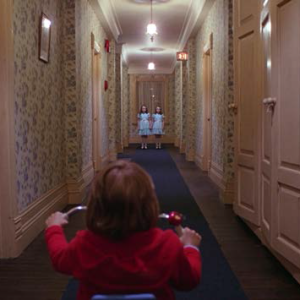The role of architecture in the shaping and representation of the film space
Keywords:
architecture, cinema, diegetic space, set, production design, narrativeAbstract
The relationship between cinema and architecture is complex due to the possibility of approaching it from different viewpoints. Ranging from the architect role to the evolution of the city concept throughout history, there exist many architectural issues that can be analyzed through the lens of the seventh art. This article aims to emphasize one of them in particular because of its influence on both disciplines: the narrative qualities of architecture when shaping the filmic space. Throughout the evolution of this relationship three instances are primarily recognized and differentiated by filmmaking environment-production methodology. First, that marked by studio systems and stage sets purposely built; second, a phase characterized by the widespread adoption of shooting on location; and, third, the still ongoing one which has been dominated by the emergence and consolidation of Computer Generated Images (CGI). This analysis seeks to demonstrate the symbiotic nature of the relationship between architecture and cinema as well as the key role played by the latter in the representation and connotation of the former.
Downloads

Downloads
Published
How to Cite
Issue
Section
License
Open access policy
A&P Continuidad is a non-profit and open access publication. According to Mexico Declaration on Cultural Policies, the journal distribution is submitted to Creative Commons Attribution-Noncommercial-ShareAlike 4.0 International Public License (CC BY-NC-SA). “Neither the commercial use of the original work nor that of the possible derivative works are allowed. The distribution of derivative works should be submitted to the license regulating the original work. This license is not free.”
A&P Continuidad authorizes the partial or full reproduction of texts and graphs provided that the source is cited. Authors are exclusively responsible for the criteria expressed in the articles which do not necessarily reflect the opinion of the Editorial Committee or that of the Direction Board. The copyright of the published articles pertains to their authors or publishers.
Transfer of rights
The acceptance of an article to be published implies the author’s transfer of rights to the journal. Authors continue to have the right to use the material in future books or publications, approve or veto the republication of their works as well as the rights related to patents or other rights. Transfer of rights form may be downloaded here.























 This OJS site and its metadata are under a
This OJS site and its metadata are under a 

